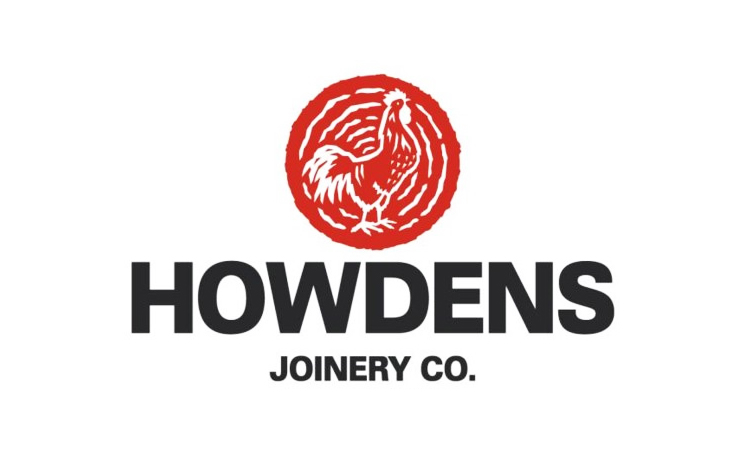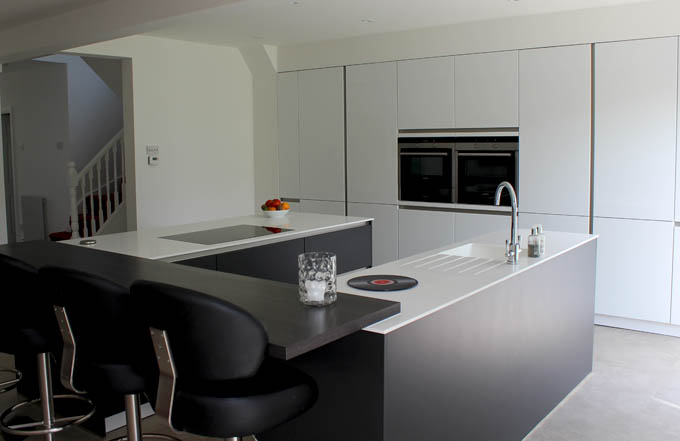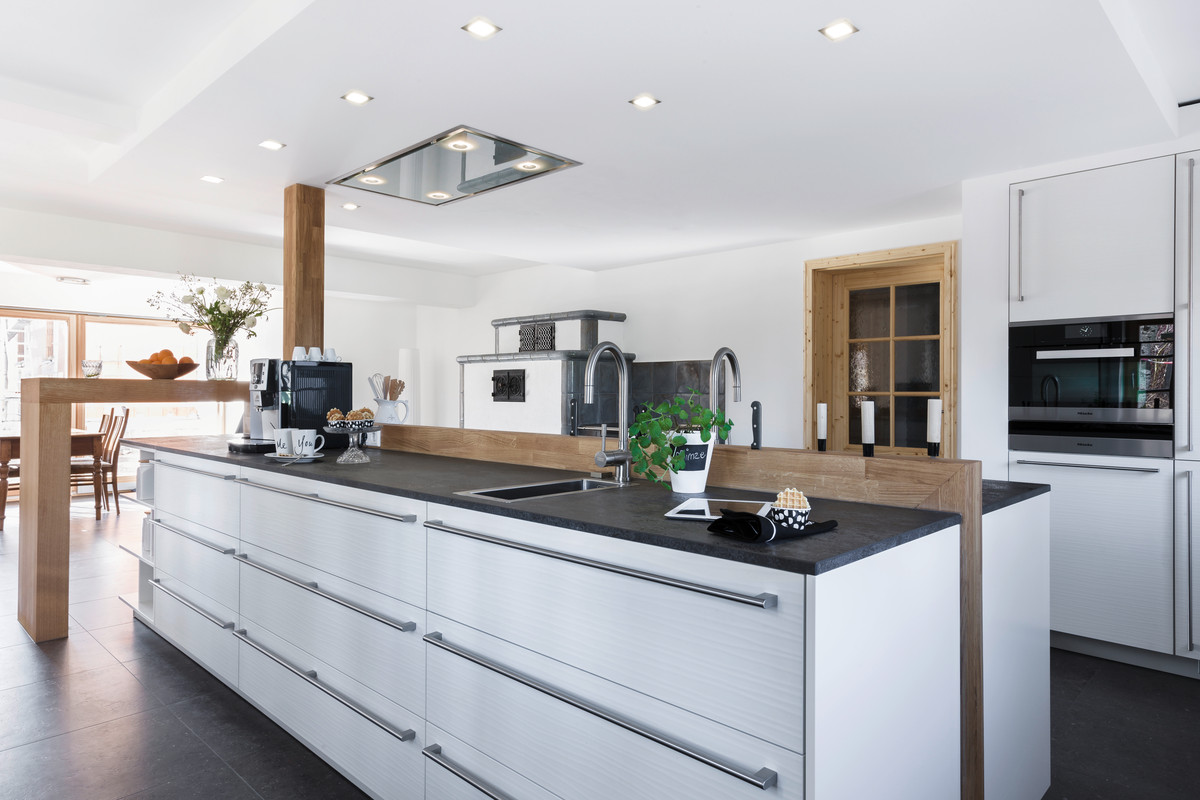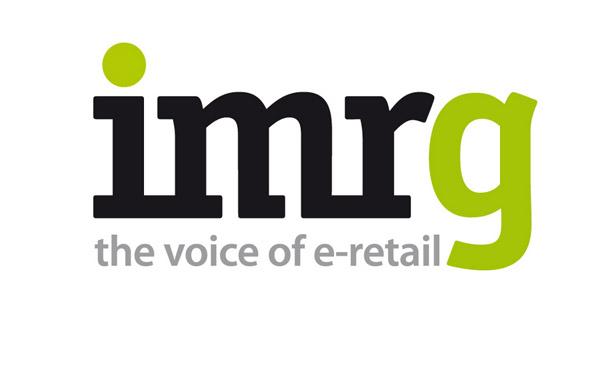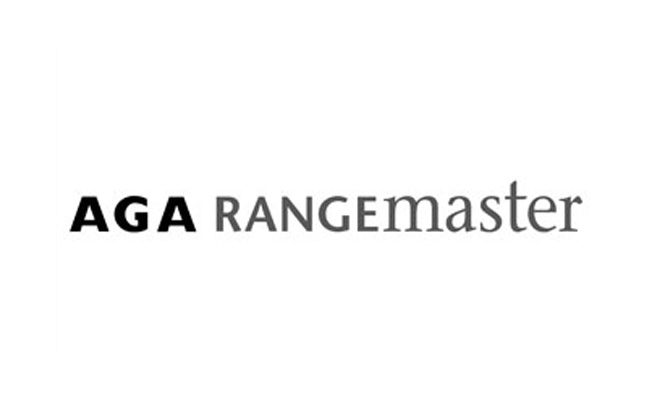Howdens nearly doubled its operating profit in the first half of 2013 to £43.2 million from £25.9 in the same period the year before.
The results reflect the benefit of an additional trading week in the first period of the year, which is estimated to have increased operating profit before tax by around £6m.
The company has opened eight new depots so far this year, bringing the total to 537, and a number of other depots are in the process of being opened, which will bring the total of new stores to 30.
As well as this, Howdens has added a number of new products, including four new kitchens, new sinks, taps and door options to its portfolio. A new version of its product website was also launched.
A £20m two-year programme of investment in new production facilities at its two manufacturing sites has been completed, and both are now fully operational. The new £1.5m painted skirting board and architrave production facility at its Howden factory is now fully operational.
Howdens has reconfigured its transport operations to better reflect the geographical mix of it sales in the UK and improve service to depots.
Depot sales in the first four weeks of the second half of 2013 have continued to show solid progress, with total sales up 7.6% on the same period in 2012, and the company reported that its plans are on track for the year.
Chief executive Matthew Ingle said: "We are pleased with our underlying performance in the first half of the year, which has been in line with our expectations. Our current performance confirms our strategy of investing in the growth of the business, in all core areas.
"We have started the second half well and we are on track with our plans for the year as a whole. Looking forward, with our important 'period 11' still to come, anticipated operating cost increases and market conditions continuing to be uncertain, our expectations for the year are unchanged, albeit that we have the flexibility and responsiveness to react to whatever conditions we encounter."
Howdens is arguable one of the big boys in terms of UK kitchen manufacturing and its operations, results and outlook for the future can certainly be indicative of the challenges facing many independents so for those with a head for figures and more in-depth analysis, below is the more in-depth review of Howdens latest financials.
Financial results (continuing operations)
Because of the 2013 financial year starting a week later than in 2012, results for the first half of 2013 reflect the benefit of an additional trading week in the first period of the year, which will be reversed at the end of the second half of the year. This is estimated to have increased operating profit and profit before tax for the first half of the year by around £6m.
- Howden Joinery UK depot revenue increased by 7.3% to £383.7m (up 5.5% on a same depot basis), rising by 4.3% if the first period of the year is excluded. Group revenue was £390.8m (2012: £364.6m);
- Gross profit margin was 61.5% (2012: 60.3%);
- Operating profit pre exceptional items rose to £45.1m (2012: £29.6m);
- Profit before tax and exceptional items increased to £43.2m (2012: £25.9m);
- Basic earnings per share pre exceptional items increased to 5.0p (2012: 3.2p);
- An exceptional operating cost of £4.5m was incurred, to reconfigure our transport operations (2012: nil) ;
- Net cash of £102.0m at 15 June 2013 (29 December 2012: £96.4m net cash, 9 June 2012: £37.4m net cash);
- Interim dividend of 1.0p per share declared (2012: 0.3p).
Business developments
- Investment in the future growth of the business continues:
- new products introduced across entire spectrum of offer;
- in line with our plans, eight new UK depots opened so far in 2013, bringing total to 537;
- two-year programme of investment in our two manufacturing sites completed;
- Further mitigation of legacy property liability, with termination of leases on four more legacy properties since the 2012 Preliminary Results and one lease expiring, bringing the total so far this year to seven and the total remaining to nine.
Current trading and outlook
- Depot sales in the first four weeks of the second half of 2013 have continued to show solid progress, with total sales up 7.6%.
- With our important 'period 11' still to come, anticipated cost increases and market conditions continuing to be uncertain, our expectations for the year are unchanged.
- Howden Joinery UK depots' revenue rose by 7.3%, increasing 5.5% on a same depot basis. As previously explained, sales in the first period of the year benefited from an additional week of trading. Excluding the first period, total revenue in the five periods since then increased by 4.3%, there being no distorting factors.
In what have continued to be demanding market conditions, this growth has been achieved through a number of factors and is testament to the strength of our business model. It reflects the benefit of a price increase that was implemented in the early part of the year, as was the case in 2012. In addition, the number of customer accounts has continued to grow.
Sales by our French depots of £7.1m saw a slight decline on a same depot basis in constant currency terms.
Gross profit rose by £20.6m to £240.4m. The gross profit margin of 61.5% (2012: 60.3%) reflects the underlying improvement seen in the second half of 2012. However, the currency gain that was seen then has reversed as a result of the devaluation of the pound against the € and US$ that has occurred since the start of this year.
Selling and distribution costs, administrative expenses (before exceptional items) and other income increased by £5.1m to £195.3m. This reflects the costs of new depots and the impact of inflation, particularly on payroll costs. However, the impact of both these factors in the first half was less than in recent years.
It should be noted that we are anticipating that a number of factors will mean that operating costs will increase in the second half of the year, including the implementation of pension auto-enrolment and the number of depot openings planned (see below).
Operating profit before exceptional items increased by £15.5m to £45.1m.
The net interest charge decreased by £1.8m to £1.9m, reflecting a lower finance expense in respect of pensions. The net result was that profit before tax and exceptional items rose by £17.3m to £43.2m.
The tax charge on profit before tax before exceptional items was £11.2m, an effective rate of tax of 25.9 %.Basic earnings per share excluding exceptional items were 5.0p (2012: 3.2p).
As previously reported, an exceptional operating cost of £4.5m was incurred. This was in relation to the reconfiguration of our transport operations to better reflect the geographical mix of our sales in the UK and improve service to our depots. This restructuring involved one-off closure, relocation and reorganisation costs.
Basic earnings per share were 4.4p (2012:3.2p).
At 15 June 2013, the pension deficit shown on the balance sheet was £93.3m (29 December 2012: £154.5m). More than half of the decrease in the deficit in the period was due to lower liabilities arising from an increase in the discount rate. It also reflected an increase in assets, due to the Group's contribution to fund the deficit and better than expected asset returns.
There was a net cash inflow from operating activities of £10.2m. This included payments relating to legacy properties totalling £5.3m and a cash contribution to the Group's pension deficit of £13.6m.
Excluding legacy property payments, underlying working capital increased by £11.3m. Within this, debtors at the end of the period were £25.0m higher than at the beginning of the period and stock levels increased by £4.7m, reflecting the seasonality of sales. Offsetting this, creditors increased by £18.4m, reflecting the then still to be paid 2012 final dividend.
Also included within net cash flows from operating activities was tax paid totalling £11.3m.
Payments to acquire fixed and intangible assets totalled £8.8m (2012: £6.5m).
Reflecting the above, there was a £5.6m net cash inflow in the first half of the year, the Group having net cash at the end of the period of £102.0m (29 December 2012: £96.4m net cash, 11 June 2012: £37.4m net cash). Excluding payments in respect of legacy properties and the contribution to the pension deficit, there was a cash inflow of £24.5
OPERATIONAL REVIEW
The business model of Howden Joinery is "To supply from local stock nationwide the small builder's ever-changing routine integrated kitchen and joinery requirements, assuring no-call-back quality and best local price".
Three years ago, in our 2010 Half Yearly Report, we said that the opportunity to transform the scale of the business was apparent and that as the performance of the business was improving and legacy issues were diminishing, we were stepping up investment in the future growth of Howden. Since then, this investment in growth has seen not only a step-up in capital expenditure but also increased expenditure in a number of other areas, and we have continued with this in the first half of 2013. In addition, we are continually looking for ways to improve the performance of our business operations.
Depot network
Eight new depots have been opened in the UK so far this year, bringing the total to 537. A number of other depots are at various stages of the acquisition/shopfitting process, the opening programme being in line with our expectations to open up to 30 depots this year.
Product and marketing
We continue to enhance our product offering, having introduced a number of new products in the first half of the year across all of our product categories. Notable amongst these are: four new kitchens - three Shaker options in our Greenwich family, and a gloss graphite option in our Glendevon range; a number of decorative elements for the Tewkesbury kitchen family, to further enhance this as our premium range; and black and white single fan Lamona ovens, with matching hobs and extractors. Based on our most successful product designs, a number of lower priced sinks, taps and joinery door options have been introduced.
As well as regularly updating our collection of product literature, we have introduced a flooring catalogue to further promote this product category.
A new version of the Howdens product website (www.howdens.com) was launched. Major improvements to this included the automatic resizing of the website to suit the device on which it is being viewed and improved navigation around the site, making it easier for users to use. The content has also been enhanced, with the addition of further product movies designed to help bring the kitchen to life. The new website coincided with the launch of the Howden App.
Manufacturing and logistics operations
The £20m two-year programme of investment in new production facilities at our two manufacturing sites has been completed. The new production lines at our Howden and Runcorn factories have been installed and commissioned, and are now fully operational.
The new £1.5m painted skirting board and architrave production facility at our Howden factory is now fully operational.
As previously announced, we have reconfigured our transport operations to better reflect the geographical mix of our sales in the UK and improve service to our depots
GROUP DEVELOPMENTS
Legacy properties
The Group continues to reduce its legacy property portfolio.
After the announcement of our 2012 Preliminary Results earlier this year, the lease of one property was terminated and another, with only one year of the lease remaining, was released early, prior to the end of the first half of the year. Subsequently, the lease of a further property was terminated, this being one of the longest and most onerous, and there has been an early exit from another. This brought the total number of leases terminated so far this year to six, at a cost of £7.5m. In addition, the lease of one property expired after the end of the first half of the year.
This means that there are now nine legacy properties remaining, with a net annual rent and rates of less than £2m.
CURRENT TRADING AND OUTLOOK
Depot sales in the first four weeks of the second half of 2013 (period 7) have continued to show solid progress, with total sales up 7.6% on the same period in 2012, and we are on track with our plans for the year as a whole.
At this stage, our expectations for the remainder of the year are unchanged. Our important 'period 11', when sales are usually more than twice those of a normal period, is still to come and market conditions continue to be uncertain. As already mentioned, we are anticipating that a number of factors will cause operating costs to increase.
We will continue to invest in the longer term growth and development of the business. However, as in recent years, we will manage the business flexibly in light of economic conditions.
GOING CONCERN
The Group meets its day to day working capital requirements through an asset-backed lending facility of £160m, which is due for renewal in July 2016. The current economic conditions create uncertainty, particularly over (a) the level of demand for the Group's products and (b) the exchange rate between sterling and both the Euro and the US Dollar, which would affect the cost of the Group's operations.
The Group's forecasts and projections have been stress-tested for reasonably possible adverse variations in trading performance. The results of this testing show that the Group should be able to operate within the level of its current facility and covenants.
After making due enquiries, the directors have a reasonable expectation that the Company and the Group have adequate resources to continue in operational existence for the foreseeable future. Accordingly, they continue to adopt the going concern basis in preparing the half-yearly condensed financial statements.
RISKS AND UNCERTAINTIES
The Board continually assesses and monitors the key risks of the business. The principal risks and uncertainties that could have a material impact on the Group's performance over the remaining 28 weeks of the financial year have not changed from those which are set out in detail on pages 21 to 22 of the Group's 2012 Annual Report & Accounts, and which are summarised below:
- Market conditions - a severe downturn in market conditions could put pressure on our ability to meet sales and profit forecasts, which in turn could put pressure on cash availability and banking covenants;
- Failure to implement the Group's business model and culture - could have an adverse effect on the Group's future financial condition and profitability;
- Failure to maximise exploiting the growth potential of the businesses - could adversely affect the Group's ability to obtain maximum benefit from its growth potential;
- Continuity of supply - could adversely affect the Group's ability to implement the business model;
- Loss of key personnel - could adversely affect the Group's operations;
- Input price pressure - could adversely affect profitability;
- Financial position - if it were to deteriorate significantly, this could limit the financial resources available to fund the growth and development of the business.
A copy of the Group's 2012 Annual Report & Accounts is available on the Group's website, www.howdenjoinerygroupplc.com.
